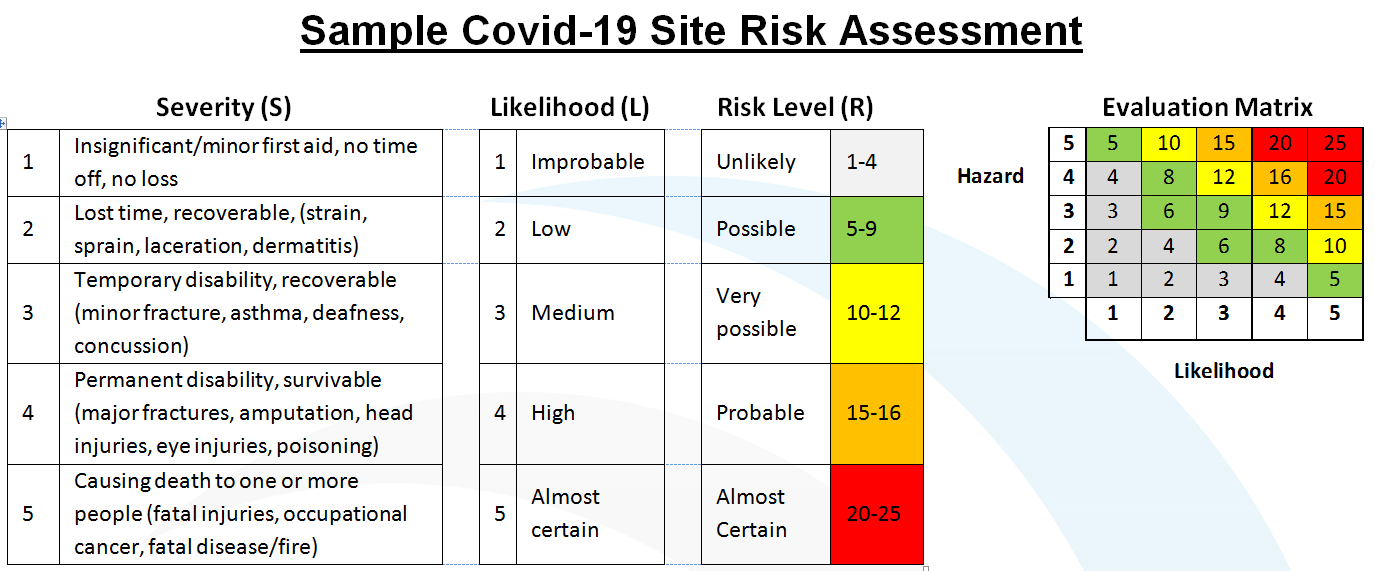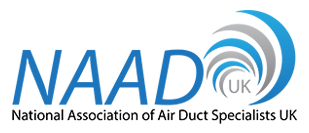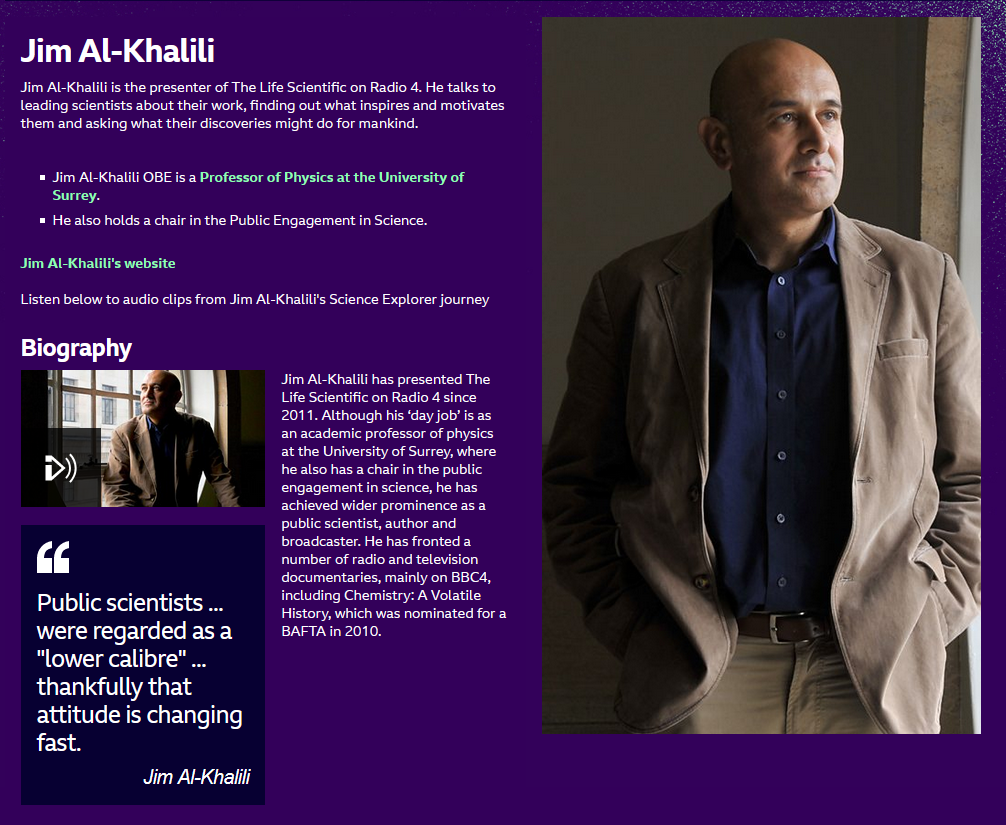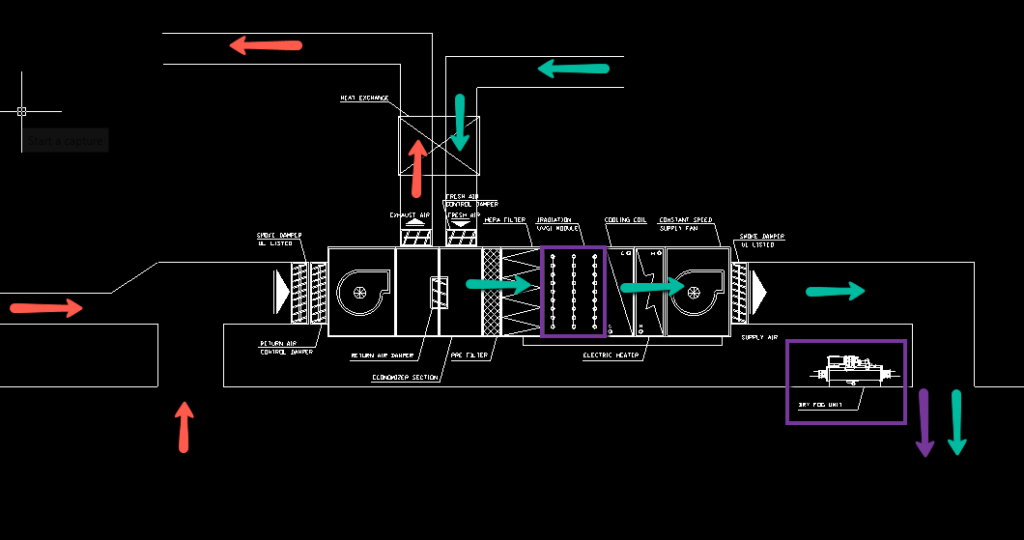
Internal Air Quality [IAQ] ─ [04/02 update]
As the World wrestles to control the deadly Covid-19 pandemic, the roll-out of the vaccines is now well under way; " we can only marvel and celebrate the incredible way the scientists have collaborated so well to decode the coronavirus and develop a range of vaccines for the large pharmaceutical manufacturers to produce in mega quantity to vaccinate the planet in such a record time! " says David Jones ─ ICM Director of Education and Training

David Jones ─ is proud to have been appointed Head of Compliance and Competence by NAAD ─ the UK's leading National Association of Air Duct specialist experts ─ and is delighted the BBC Radio 4 broadcast is such a well produced and timely talk
Radio 4 interviewer is also a Professor of Physics at University of Surrey
Professor Catherine Noakes studies how air moves and the infection risk associated with different ventilation systems. Early in the pandemic, she was invited to join the government’s Scientific Advisory Group for Emergencies, SAGE and asked to study the transmission routes for Covid-19. In July, together with many other scientists, she urged governments around the world and the World Health Organisation to recognise that Covid-19 could be transmitted in tiny particles in the air, even if the risk of getting infected in this way was much smaller than the risk from larger particles that travel less far. Her research highlights the importance of good ventilation as a way to stop the spread of infection in indoor environments. Being in a well ventilated space can reduce the risk of inhaling tiny airborne pathogens by 70%.
Professor Catherine Noakes talks to Jim Al-Khalili on BBC Radio 4 about her journey from studying industrial processes to infection risk, her work on the airborne transmission of diseases and the challenge of designing buildings that are both well ventilated and energy efficient.
Producer: Anna Buckley

NAAD experts collaborate with KIF ─ [Kent Inventors Forum - supported at Greenwich Uni Medway Campus] ─ exploring IAQ in large audience venues ...
Electro-chemical activation (ECA) technology has existed for more than 40 years Electrolyzed oxidizing (EO) water has been regarded as a new sanitizer in recent years. Production of EO water needs only water and salt (sodium chloride). EO water have the following advantages over other traditional cleaning agents: effective disinfection, easy operation, relatively inexpensive, and environmentally friendly. The main advantage of EO water is its safety. EO water which is also a strong acid, is different to hydrochloric acid or sulfuric acid in that it is not corrosive to skin, mucous membrane, or organic material. Electrolyzed water has been tested and used as a disinfectant in the food industry and other applications. Combination of EO water and other measures are also possible ─ includes effective cleaning of food surfaces in food processing plants and the cleaning of animal products and fresh produce ...
The project typically will adapt and build on current AHU tech to add UVGI [ultraviolet germicidal irradiation] ─ UVC rays of 254nm wavelength to kill germs effectively to disrupt the reproduction cycle of germs by attacking their DNA ─ completely safe, environment-friendly and efficiently inside the AHU and ducts to remove mold and bacteria from all parts including coils and drain pan surfaces etc. The system will also combine Dry Fog misting with EO and IAQ smart monitoring control.
There are more than a few technical challenges to explore in this innovative project ─ particularly in live theatre Controlled Air Handling [CAH] will be trialed to create air curtain separation of audience from the performers ... essentially creating invisible zoning ... the science suggests high volume of air change will be needed to provide the safe IAQ around the audience but, that will remove stage smoke and scenic atmosphere so, a different approach to IAQ in the performers' zone [stage actors and orchestra pit musicians] ... David Jones makes the point there is already theatre zone separation with those traditional fire curtains we all see ~ now get ready for the 'Stage Air Curtain™' [and no one will know it's there!] ...
... in addition to the airborne particles for the transmission of the disease, all and any contact surfaces are potential to transmit the virus ─ the comparative short time between shows and performances does offer the potential to apply the sanitizer differently ─ instead of buoyant sanitizer particles neutralizing the aerosol Covid-19, electrostatics may prove effective to bring the dry fog down to the surfaces such as handrails, seats, carpets etc. ...
... the schematic taken from the scoping presentation delivered online to KIF by David Jones starts to outline the approach ─ innovation mixed with imagination and controlled improvisation scripted with a good project theme ─ and, of course, impresario prepared to invest one of London's fine theatres to get the show on the road ─ and break a leg! ...

Disinfecting using fog, mist and other systems during the coronavirus (COVID-19) pandemic
New HSE Guidance ─ [published: 04/02/2021]
ed. [updated 04/02/2021]
aerosol, ahu, air handling, air handling unit, air pathogen, air purification, air quality, audience safety, clean air, clean ducting, compliance, coronavirus, covid-19, disinfecting, dry fog, duct, fog mist., HSE, internal environment, mist, NAAD, office air quality, pandemic, risk assessment, safe environment, sanitiser, uv clean, worplace safety
